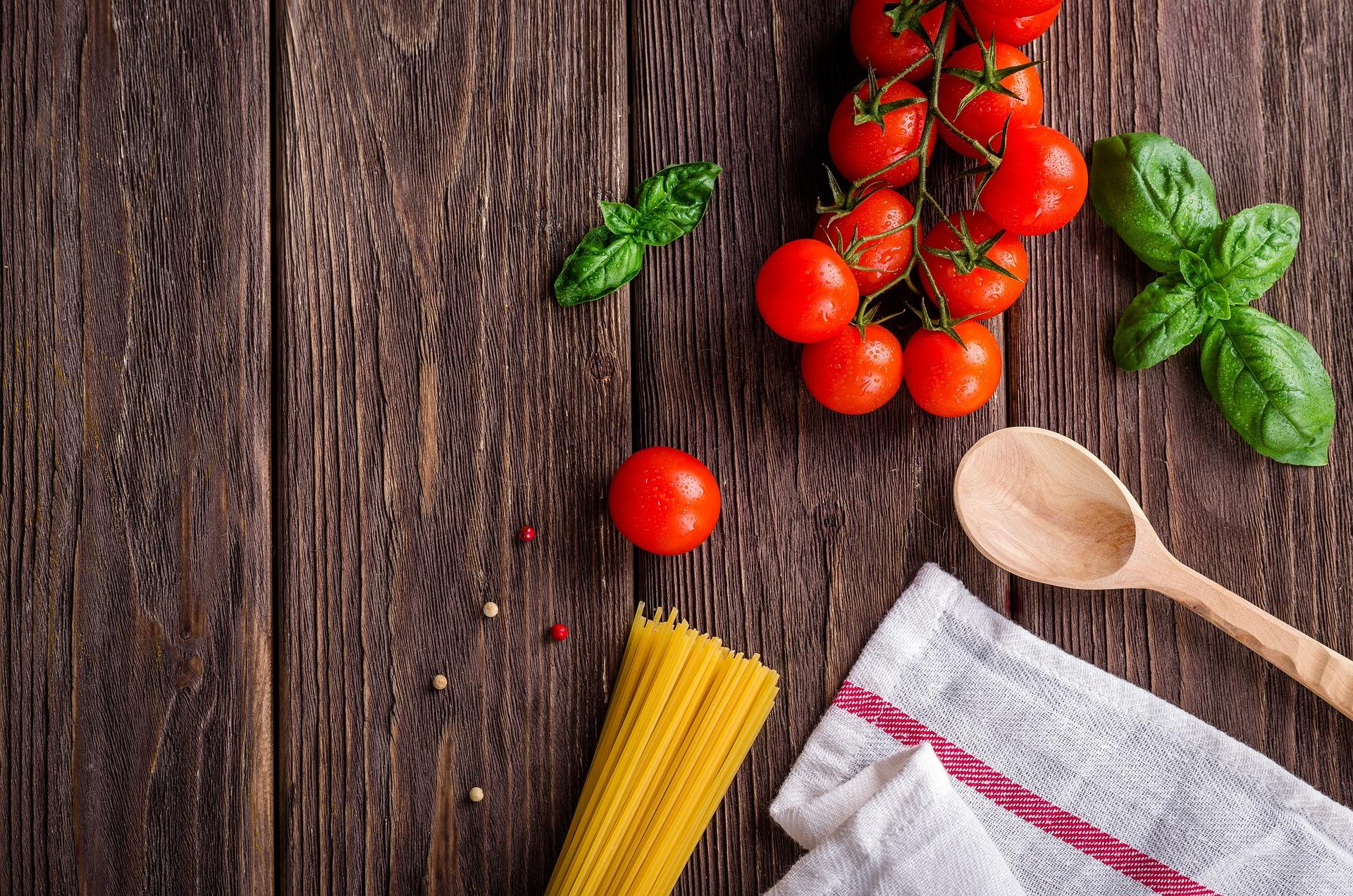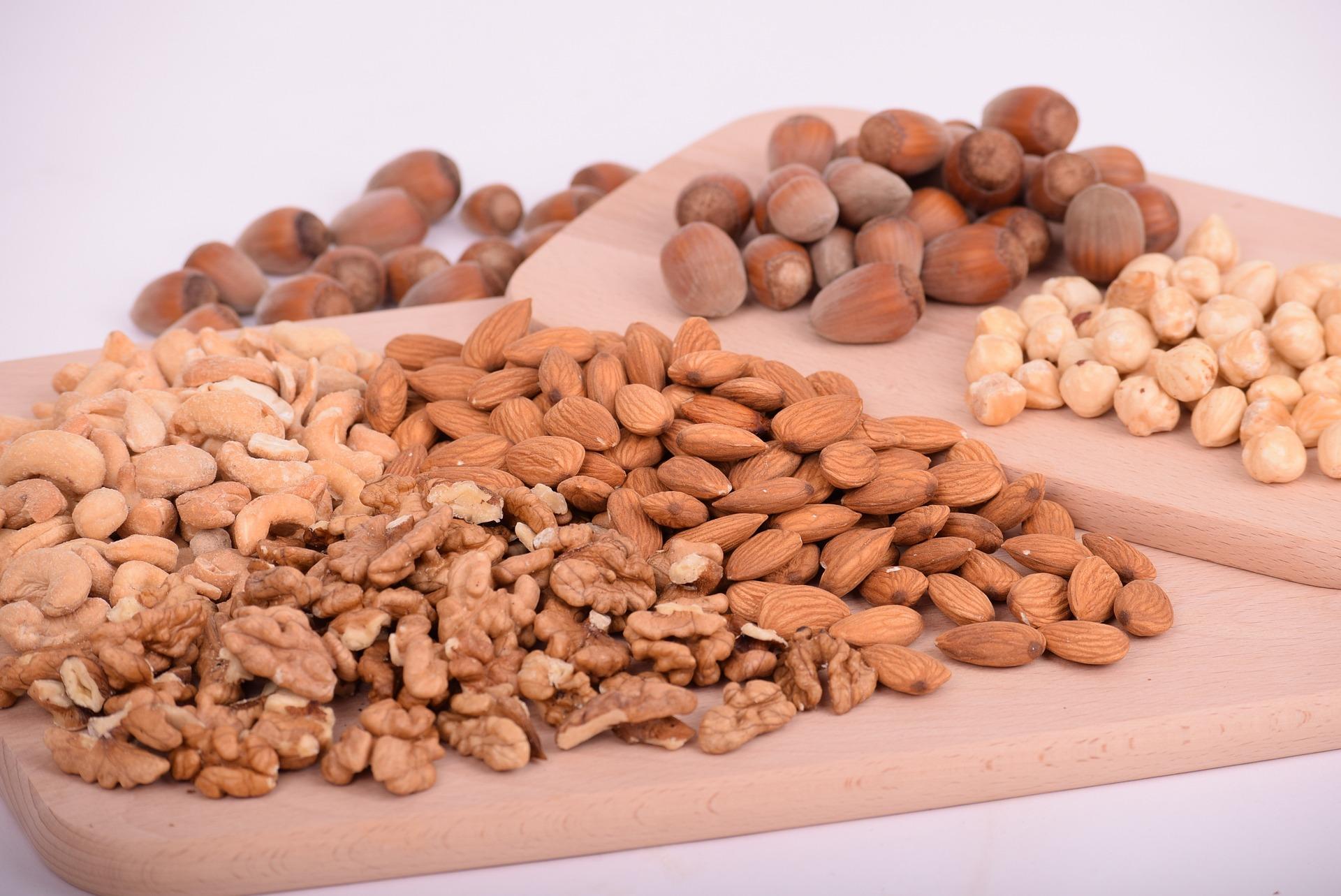The idea of a “vegan body transformation” is not an especially new one, as since a lot of what the uninitiated might call typical vegan food is perceived as very healthy, a vegan diet seems at first like a great way to lose weight and improve your health. It may sound like I’m setting up for a big however here, but that’s not the case. A plant-based weight loss program is an extremely efficient way to improve your fitness and physical condition and can be much more delicious than you might think. Of course, as with all discussions around nutrition, there is much nuance to the topic, which gives us plenty to cover here, as we will answer such questions as:
- What is a good diet plan for weight loss for vegetarians?
- Where can I find a vegan macro calculator, and how do I use it?
- What could a vegan bulking meal plan look like?
And plenty more to give you a sensible and realistic way to achieve your plant-based nutritional goals.


What is the best diet for vegetarians to lose weight?
A weight loss plan for vegetarians is not conceptually any different from a weight loss plan for anyone else, as while there are some differences between vegetarian fat and meat fat, the primary focus of any weight loss plan will always be a calorie deficit. It’s the most straightforward way to lose weight, and so long as you track it correctly and rigorously, it will absolutely produce results.
An example 1200-calorie vegan meal plan
This is probably one of the most straightforward ways to go about losing weight on a vegan or vegetarian diet. For an adult man or woman, 1200 calories a day is almost always a significant enough deficit to see results. While there are ways to deploy this calorie spread through intermittent fasting (eating fewer meals per day), The generally healthiest approach is to aim instead for a commonly even spread. Hence, you never find yourself low on energy throughout the day. Even the best vegetarian weight loss diet would be useless if it stopped you from being able to function in your day-to-day life!
The two most straightforward ways of splitting up your calorie allowance on a meal plan like this are the mathematically apparent 400/400/400 split or something slightly variant, such as 300/400/500. This all comes down to knowing yourself and which spread will be better for you. As to what these meals each contain, this can be down to personal preference, although some less commonly understood things can help you even further optimise your meals, the most significant being an understanding of macros.
How would a vegan macros meal plan improve my diet?
Macronutrients, or macros for short, are a great and effective way of working out exactly how much of each of the three main food groups provide you with the energy you should be eating: proteins, carbohydrates, and fats. Various calculators can be found online for this, or it is relatively easy to calculate by hand. You might think you need a specific vegan calculator due to how different a vegan diet seems at first glance, but since macros are only calculated for food groups and not for particular foods, this is not the case. Macros will tell you exactly how much of a given food group you need, regardless of what you eat, to fulfil that quota.

How do I calculate the right macros for me?
Since we now know that tracking macros will help with weight loss, all that’s left to do is to work out exactly how much of each one you need. Again, this will vary from person to person depending on your goals, but if we consider a high-protein vegetarian diet for weight loss, then a good split would be 40% protein, 30% carbohydrates, and 30% fat. To work out what this split would look like in our 1200-calorie meal plan from earlier, we have to multiply that 1200 by 0.4 for the protein macro and 0.3 for the carbohydrate. This breaks 1200 down into the assigned percentages. Since proteins and carbohydrates provide 4 calories per gram, we multiply these numbers by 4, and since fats provide 9 calories per gram, we multiply this value by 9, giving us our macros. In this example, that looks like this:
- Protein: 1200 × 0.4 = 480, 480/4 = 120g
- Carbohydrate: 1200 × 0.3 = 360, 360/4 = 90g
- Fat: 1200 × 0.3 = 360, 360/9 = 40g
These values guide us on how much of the three main energy store food groups to eat in our high-protein vegetarian diet plan. And armed with this knowledge, you are well on your way from taking your nutrition management from a fad diet to something looking more akin to a vegan athlete meal plan.
How do I work out the macros in different foods?
Fortunately, this task has become almost trivially easy with how modern food is packaged and sold. In most instances, food packaging will have the relative protein, carbohydrate, and fat values per serving directly printed on the packaging. For example, take a packet of humble lentils, one of the staple vegan carbs of any plant-based kitchen. These lentil macros are listed on the packaging as 12 grams of protein, 23 grams of carbs, and 0.5 grams of fat. This information being so readily accessible is a godsend for our meal planning mission, as just like our lentil macros, we can read these values off the side of just about any modern food packaging, making it easier than ever to know exactly what you are eating, and where it fits into your diet.

What about a vegetarian bulking meal plan?
While we have already covered plenty regarding how you might find your best vegan diet for weight loss, there are plenty of other reasons you might want to enhance your nutrition rather than lose weight. While it is weight loss vegetarian diets are most commonly associated with, the other side of fitness is most widely associated with a traditionally meat-filled diet. A vegan bulking diet might seem contradictory, but as we have already gone over, the calorie deficit leads to weight loss or gain, which can be achieved more quickly than you think in a vegan diet.
With this in mind, we can change our approach from looking at a calorie deficit to a calorie surplus. For most people, when it comes to a vegetarian meal plan for muscle gain, getting the bulk correct will require an abundance of around 500 calories over maintenance. Depending on your body type, this will likely be somewhere between 2500 and 3000 total calories per day. Of course, as we now know, any diet plan for vegans can be enhanced even further by looking at the macros.
What macros should I have when bulking?
Compared to the 40/30/30 split of protein, carbs, and fats we explored when considering a vegan fat-loss meal plan, bulking places a heavier emphasis on carbohydrates as the primary energy source. Therefore, the simplest way to redistribute this is to look for 30% protein, 40% carbohydrates, and 30% fats.
To work out exactly how many of each macro you should aim to include in your diet, the same calculations we used before when planning a low-calorie weight loss diet can be used. If we were to take a 3000-calorie diet as an example and use this recommended 30/40/30 spread, we would get the following results:
- Protein: 3000 × 0.3 = 900, 900/4 = 225g
- Carbohydrate: 3000 × 0.4 = 1200, 1200/4=300g
- Fat: 3000 × 0.3 = 900, 900/9 = 100
As before, this tells us the proper guideline amounts of each macro to be eating to maintain a clean bulk, which is generally agreed upon as the best way to bulk given that it ensures all of the calories you take are useful. You can still opt for a dirty bulk, achieved through an even more significant calorie surplus, possibly as much as 3500–4000 calories per day, disregarding specifically limiting yourself in macros. However, if you choose this option, it is worth considering that not all the energy you are taking in is practical and valuable. While it will undoubtedly maximise your gains in the gym as much as a clean bulk would, it may also leave you with unwanted body fat, which you may not want in your fitness goals.
Ultimately, the vegan or vegetarian lifestyle can be a great asset towards managing your nutrition in whatever manner you please, since the best weight loss diet for vegetarians is likely to fall pretty high up there with other highly regarded nutritional choices, thanks to a generally healthy spread of staple foods and well-balanced macros. The first step towards a healthy body and mind is a healthy diet, and I wish you all the best of luck in taking control of your nutrition for a happier, healthier life!















